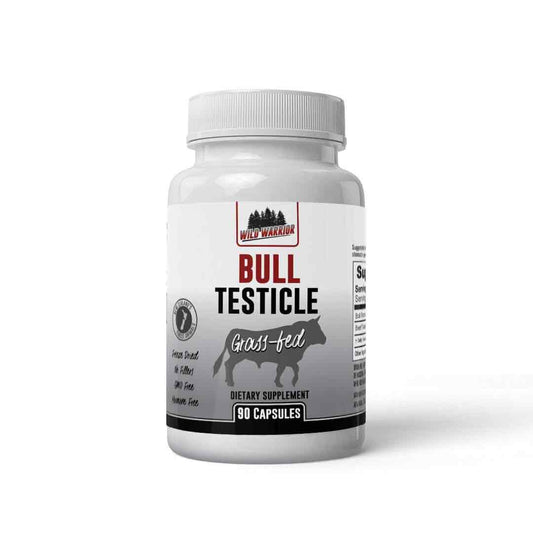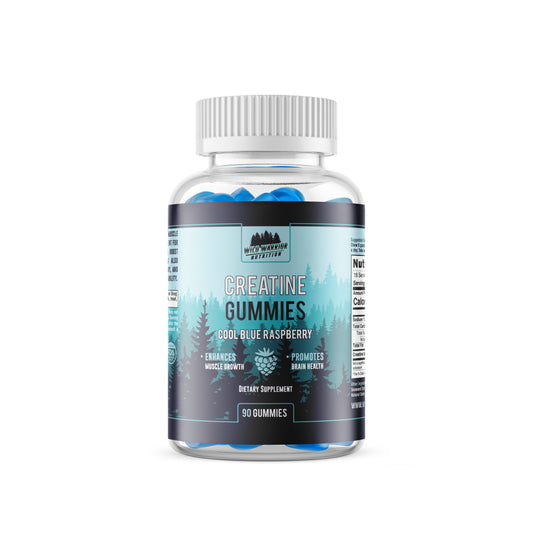Every human body is unique, but science has shown there are generally three primary body types: ectomorph, mesomorph, and endomorph. These classifications, also known as somatotypes, were first proposed by psychologist William Sheldon in the 1940s1. While you can be a combination of these, understanding your body type can help tailor your fitness routine to your specific needs, maximizing results and efficiency. Here's how.
Ectomorph
Ectomorphs are typically characterized by a lean, slender physique with a high metabolism. They can eat a lot without gaining much weight, which can make muscle-building efforts challenging. They are often referred to hardgainers.
Fitness and Workout Suggestions: As an ectomorph, your primary fitness goal may be to gain muscle mass. Strength training should be a key component of your workout routine, focusing on compound exercises like squats, deadlifts, and bench presses that target multiple muscle groups simultaneously. Aim for lower reps (6-10) with heavier weights or lighter weights for higher reps to stimulate muscle growth2. Alongside workouts, a diet rich in protein and complex carbohydrates is crucial to support muscle repair and growth.
Ectomorphs should not be afraid of food and may want to avoid fasting.
Mesomorph
Mesomorphs are naturally athletic and tend to have a a naturally dense muscular build. They usually find it relatively easy to either lose or gain weight, and build muscle very easily. These guys can look at weights and put on muscle.
Fitness and Workout Suggestions: Given their natural predisposition towards athleticism and building muscle, mesomorphs can benefit from a balanced workout routine combining strength training, cardio, and flexibility exercises. High-intensity interval training (HIIT) can be particularly effective for fat loss, while regular strength training can help maintain and increase muscle mass3.
Mesomorphs may have a slight propensity to put on body fat, so a balanced diet with adequate protein, fats, and carbs is generally recommended. Their metabolisms maybe slower than their skinny counterparts, so some fasting may be beneficial for eliminating unwanted belly fat.
Endomorph
Endomorphs generally have a larger bone structure and carry more body fat than the other types. These folks tend to be very strong and gain weight easily. They also tend to have a very hard time losing weight and body fat using traditional methods, like cutting calories and jogging.
Endomorphs tend to benefit from eating higher protein and fat diets, and dramatically reducing carbohydrates. They may also benefit from regular intermittent and prolonged fasting.
Fitness and Workout Suggestions: For endomorphs, the focus should be on losing fat and improving metabolic health. Strength training is still important, but if your goal is optimal health, regular cardiovascular exercise, such as running, cycling, or swimming, can help create a calorie deficit4. A diet low in simple carbs and high in protein and fiber can support these efforts.
Conclusion
Understanding your body type can provide valuable insights into how your body responds to different diets and workouts, allowing you to tailor your fitness routine accordingly. However, remember that these categories are not rigid - many people fall somewhere between the three types. Regardless of body type, anyone can improve their fitness, health, and appearance with dedication, discipline, and a well-planned routine.
As always, make sure to discuss any fitness, diet, or supplement routine with your physician to ensure any plan of action is suitable for you.





